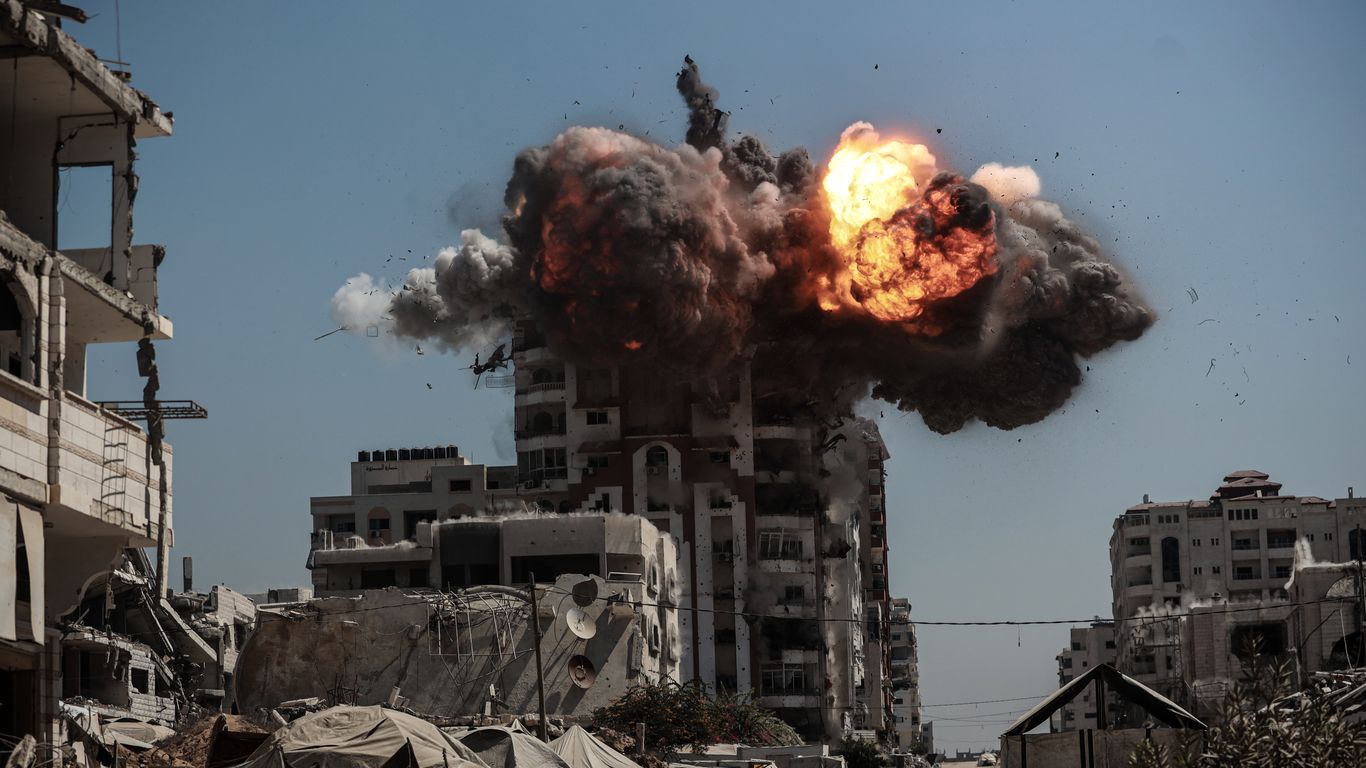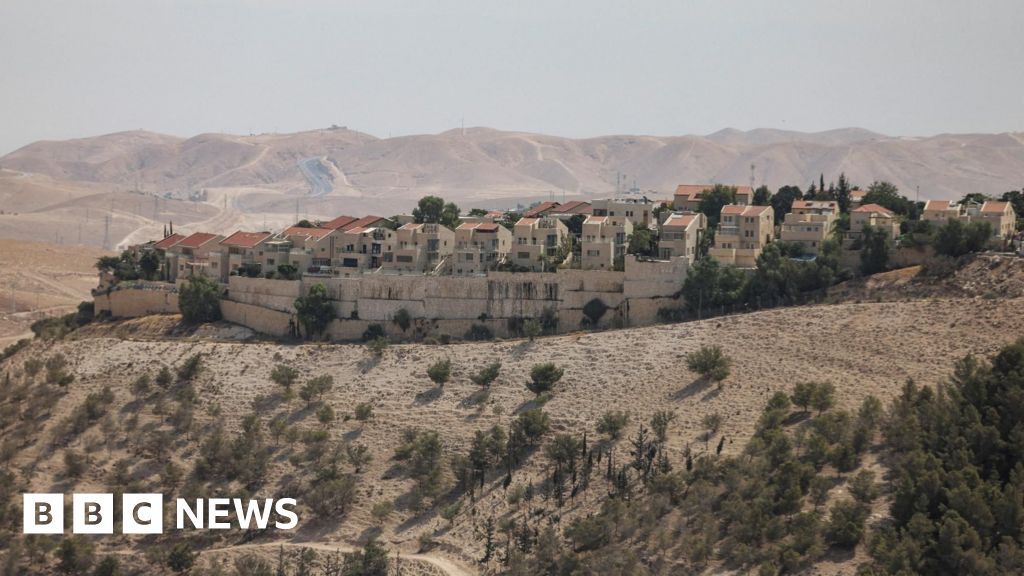Drone Strikes Escalate Kabul Tensions: Afghanistan-Pakistan Cross-Border Clashes
#drone_strikes #afghanistan #pakistan #regional_stability #conflict
Drone Strikes Escalate Tensions in Kabul
Afghanistan’s Taliban government has accused Pakistan of launching two drone strikes in Kabul, intensifying already heightened tensions between the neighboring countries. The strikes reportedly targeted locations linked to militant groups, occurring just before a fragile truce was declared following days of deadly clashes. Taliban spokesperson Khalid Zadran condemned the attacks, underscoring the serious breach of sovereignty and peace efforts.
Context of Ongoing Conflict
This incident is part of a broader pattern of cross-border violence involving Pakistani forces targeting Taliban and affiliated militants within Afghanistan. Recent months have seen multiple drone strikes and retaliatory attacks, especially in border provinces known for harboring insurgents. Both sides have suffered casualties, with civilians often caught in the crossfire, complicating diplomatic relations further.
Implications for Regional Stability
While a ceasefire offers hope for de-escalation, the drone strikes in Kabul highlight the fragility of peace efforts. The international community, including the United Nations, has called for restraint to prevent further bloodshed and foster dialogue. Continued cooperation is essential to stabilize the region and address the root causes of violence between Afghanistan and Pakistan.
About the Organizations Mentioned
Taliban
## The Taliban: A Comprehensive Overview The Taliban is a militant Islamist group that has been a pivotal force in Afghanistan's political landscape for decades. Formed in the early 1990s, the group emerged from Afghan mujahideen fighters who resisted the Soviet occupation with the support of the CIA and Pakistan's ISI. The name "Taliban" translates to "students" in Pashto, reflecting its origins among young Pashtun tribesmen educated in Pakistani madrassas[1]. ### History and Achievements - **Early Successes**: The Taliban rose to power promising stability and rule of law after years of civil war. By 1996, they had seized Kabul, declaring Afghanistan an Islamic emirate under Mullah Mohammed Omar's leadership[1]. - **Regime and Governance**: The Taliban controlled most of Afghanistan before being ousted in 2001. They returned to power in August 2021 following the withdrawal of U.S. and NATO forces. ### Current Status - **International Recognition**: Despite controlling Afghanistan, the Taliban lacks international recognition. Western governments provide humanitarian aid but refuse formal recognition due to concerns over human rights and governance[4][5]. - **Internal Divisions**: The Taliban faces internal divisions, particularly over issues like women's rights, which has led to international pressure[4]. - **Security Challenges**: The group faces threats from other militant groups, such as the Islamic State Khorasan Province (ISKP), though it maintains territorial control[4]. ### Notable Aspects - **Economic Impact**: The Taliban's rule has led to significant economic challenges, including a decline in foreign aid and a fragile banking sector. However, Afghanistan's economy has shown modest growth driven by agriculture and construction[7]. - **Human Rights Concerns**: The Taliban has been criticized for severe human rights abuses, including restrictions on women's education and freedoms, and targeted violence against minority groups[8]. The Taliban's governance style combines traditional Islamic law
United Nations
The United Nations (UN) is a pivotal international organization established in 1945, following the devastation of World War II, with the primary goal of maintaining global peace and security, fostering international cooperation, and promoting social progress. The UN Charter, signed by 51 founding member states, including the United States, the United Kingdom, China, and the Soviet Union, laid the foundation for this ambitious endeavor[1][3]. ## History and Structure The UN was born out of the failures of its predecessor, the League of Nations, which failed to prevent World War II. Key planning meetings, such as the Dumbarton Oaks Conference in 1944, defined the UN's structure, which includes the General Assembly, the Security Council, the Economic and Social Council, the Trusteeship Council, the International Court of Justice, and the Secretariat[1][6]. The Security Council, with five permanent members (the United States, China, France, Russia, and the United Kingdom), holds significant influence due to its veto power[2]. ## Key Achievements Over the years, the UN has played a crucial role in conflict resolution, human rights advocacy, and sustainable development. Notable achievements include the establishment of the Universal Declaration of Human Rights in 1948 and the implementation of numerous peacekeeping missions worldwide[3][4]. The UN has also been instrumental in addressing global challenges such as climate change and pandemics through its various programs and agencies. ## Current Status Today, the UN comprises 193 member states, with its most recent addition being South Sudan in 2011[5]. The organization continues to evolve, addressing emerging issues like digital governance and cybersecurity. Despite challenges, the UN remains a cornerstone of international diplomacy and cooperation. ## Notable Aspects The UN's work is not limited to politics; it also impacts business and technology through initiatives that promote sustainable development and digital inclusion. Its role in setting global standards and fostering international cooperation makes it a significant player in shaping the







